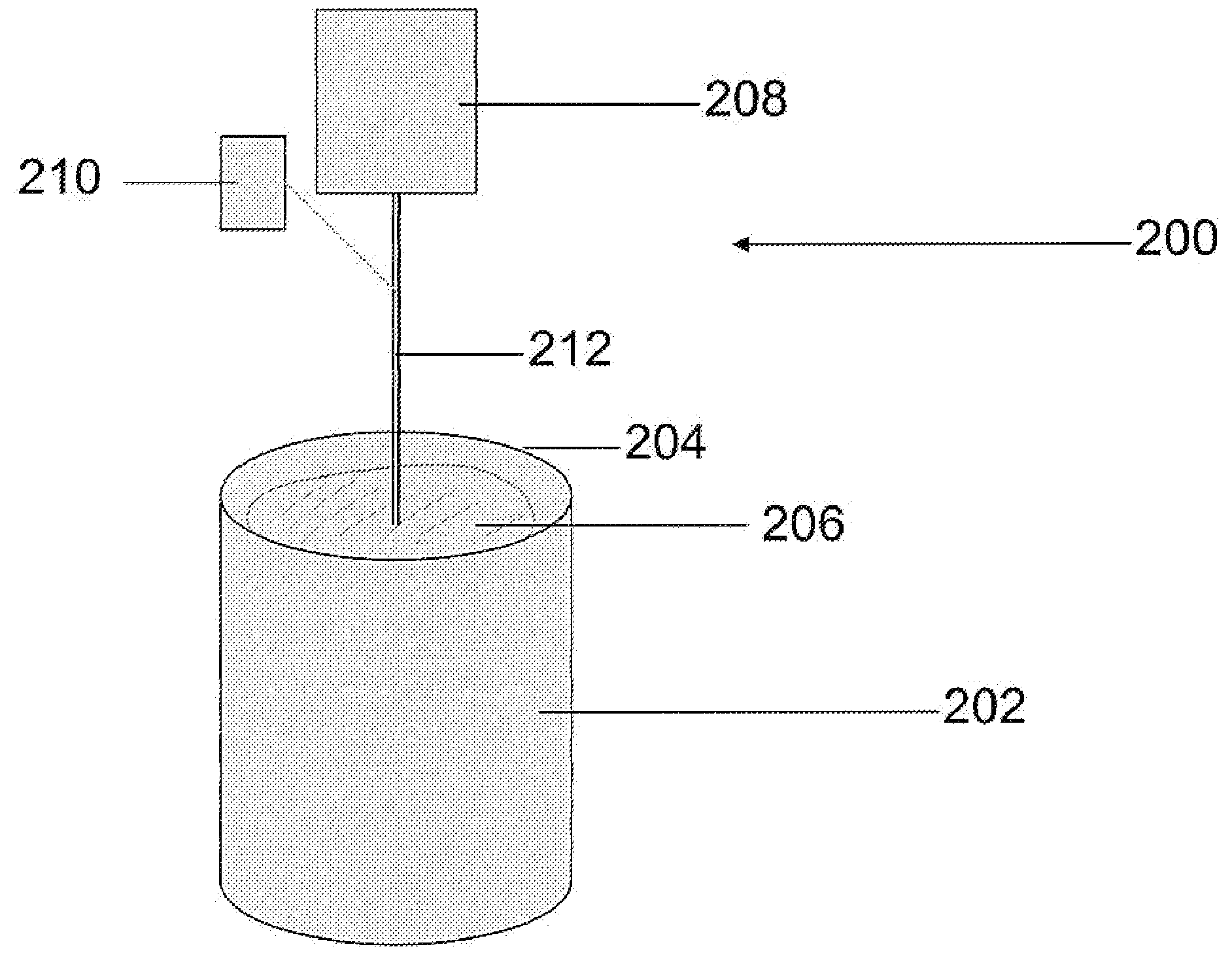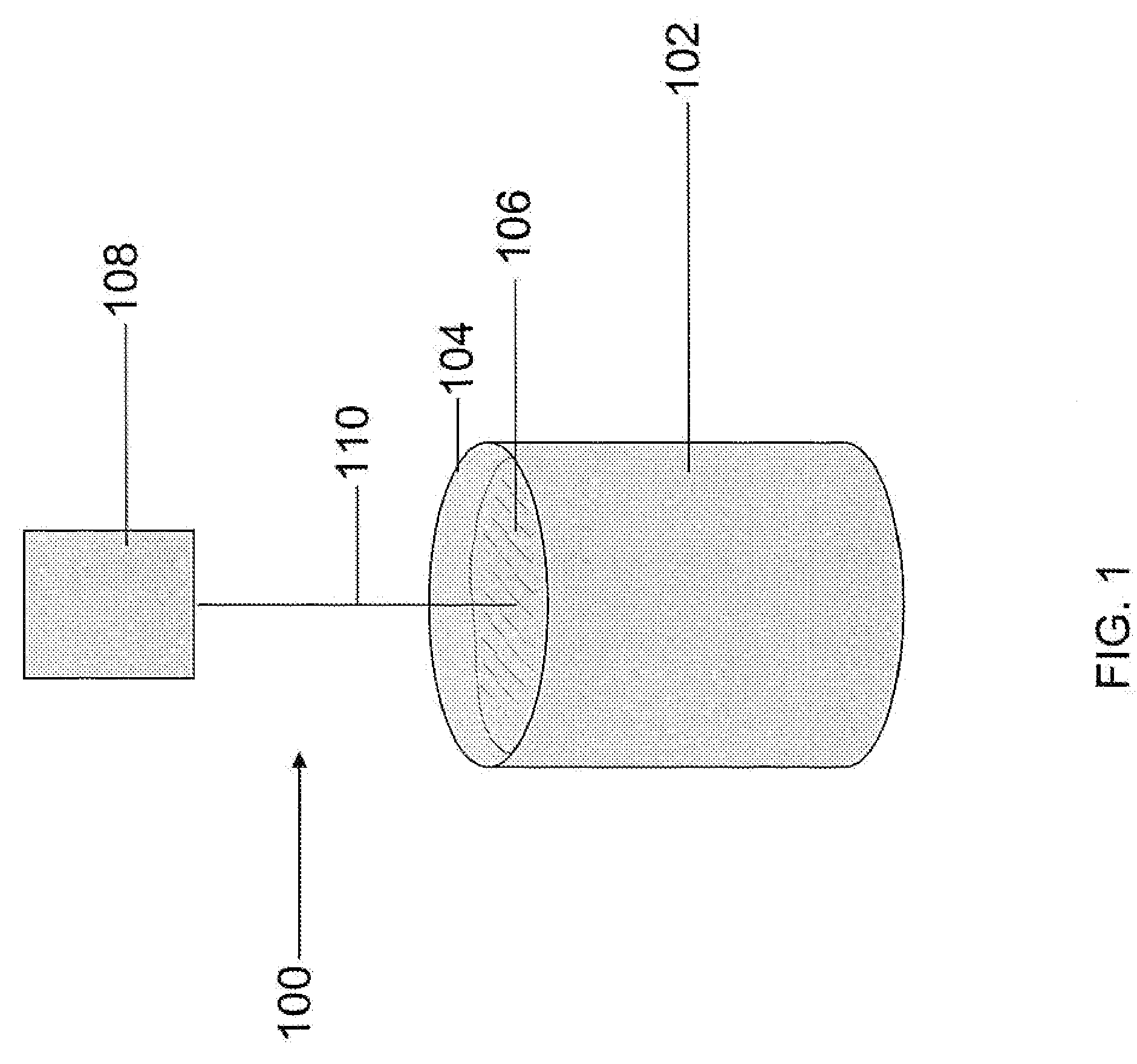Method of manufacturing and testing monofilament and multi-filaments self-retaining sutures
a technology of monofilament and multifilament, which is applied in the field of self-retention, can solve the problem that the suture cannot allow fluids to penetrate the body or organ from the outsid
- Summary
- Abstract
- Description
- Claims
- Application Information
AI Technical Summary
Benefits of technology
Problems solved by technology
Method used
Image
Examples
Embodiment Construction
[0009]Bioabsorbable sutures can be made of materials which are broken down in tissue after a given period of time, which depending on the material can be from ten days to eight weeks (and in some cases, such as with sutures made of recombinant materials, twenty weeks or more). The sutures are used therefore in many of the internal tissues of the body. In most cases, three weeks is sufficient for the wound to close firmly. At that time the suture is not needed any more, and the fact that it disappears is an advantage, as there is no foreign material left inside the body and no need for the patient to have the sutures removed. In rare cases, bioabsorbable sutures can cause inflammation and be rejected by the body rather than absorbed. Bioabsorbable sutures were first made from the intestines of mammals. For example, gut sutures can be made of specially prepared bovine or ovine intestine, and may be untreated (plain gut), tanned with chromium salts to increase the suture persistence in...
PUM
| Property | Measurement | Unit |
|---|---|---|
| time | aaaaa | aaaaa |
| time | aaaaa | aaaaa |
| time | aaaaa | aaaaa |
Abstract
Description
Claims
Application Information
 Login to View More
Login to View More - R&D
- Intellectual Property
- Life Sciences
- Materials
- Tech Scout
- Unparalleled Data Quality
- Higher Quality Content
- 60% Fewer Hallucinations
Browse by: Latest US Patents, China's latest patents, Technical Efficacy Thesaurus, Application Domain, Technology Topic, Popular Technical Reports.
© 2025 PatSnap. All rights reserved.Legal|Privacy policy|Modern Slavery Act Transparency Statement|Sitemap|About US| Contact US: help@patsnap.com



